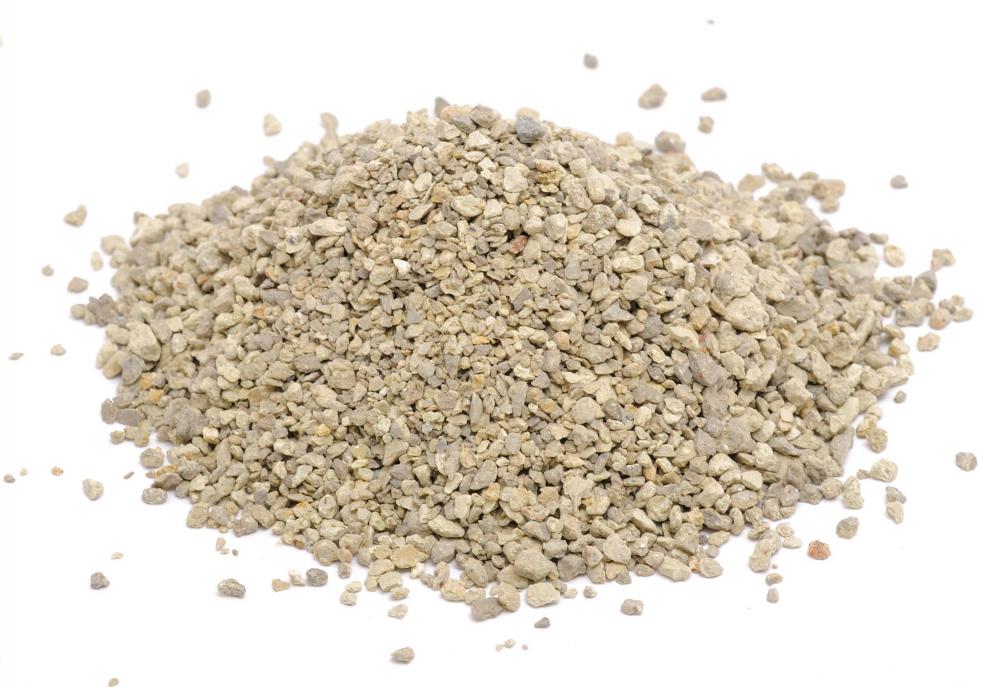At WiseGEEK, we're committed to delivering accurate, trustworthy information. Our expert-authored content is rigorously fact-checked and sourced from credible authorities. Discover how we uphold the highest standards in providing you with reliable knowledge.
What Causes Posterior Uveitis?
Posterior uveitis is an inflammatory condition that affects deep layers of tissue in the eye, including the retina and choroid. It can cause blurry vision, floating spots, painful eye aches, and possibly blindness. Posterior uveitis can be caused by several different disorders, injuries, and infections. Many cases are related to parasitic and bacterial infections, including toxoplasmosis and syphilis, but some appear to result from autoimmune conditions, such as lupus. In about half of the cases, it is impossible for doctors to uncover a true underlying cause of uveitis symptoms.
Toxoplasmosis is a type of parasitic infection that is a leading cause of posterior uveitis in young and middle-aged adults. It can be acquired by consuming unwashed vegetables, undercooked meat, or contaminated water. A person may also develop symptoms after coming into contact with animal feces, especially dirty cat litter. In addition to causing eye discomfort and vision problems, a toxoplasmosis infection may result in fevers, confusion, and major headaches.

Several types of fungi, bacteria, and viruses can also cause posterior uveitis. A very common fungal infection called histoplasmosis may cause eye problems several months or even years after coming into contact with the pathogen. Syphilis, herpes zoster, and mononucleosis infections may all present with painful eye inflammation as a major symptom. People who are HIV positive, chemotherapy patients, and others with weaker than average immune systems are at increased risk of developing uveitis because their bodies are less capable of fighting off pathogens.

Other potential causes of posterior uveitis include chronic autoimmune disorders and eye trauma. Lupus and rheumatoid arthritis are present in a large number of people who develop uveitis. If the eye is punctured or scraped very deeply, dirt and bacteria can become lodged in the choroid layer and lead to symptoms of swelling, inflammation, and vision loss. Finally, it is possible for posterior uveitis to develop without any recognizable cause.
In order to determine the best treatment for posterior uveitis, doctors screen for all possible underlying causes. A careful eye exam that reveals visible spots helps in diagnosing toxoplasmosis or histoplasmosis, while blood tests are useful in uncovering a bacterial or viral infection. A patient may also be asked to provide a complete medical history to reveal any existing autoimmune conditions. Oral anti-inflammatory steroids, antibiotics, or drugs designed to block nerve signaling in the eye may be prescribed to help with symptoms. Most cases of posterior uveitis can be controlled well if treatment is sought early.
AS FEATURED ON:
AS FEATURED ON:












Discuss this Article
Post your comments